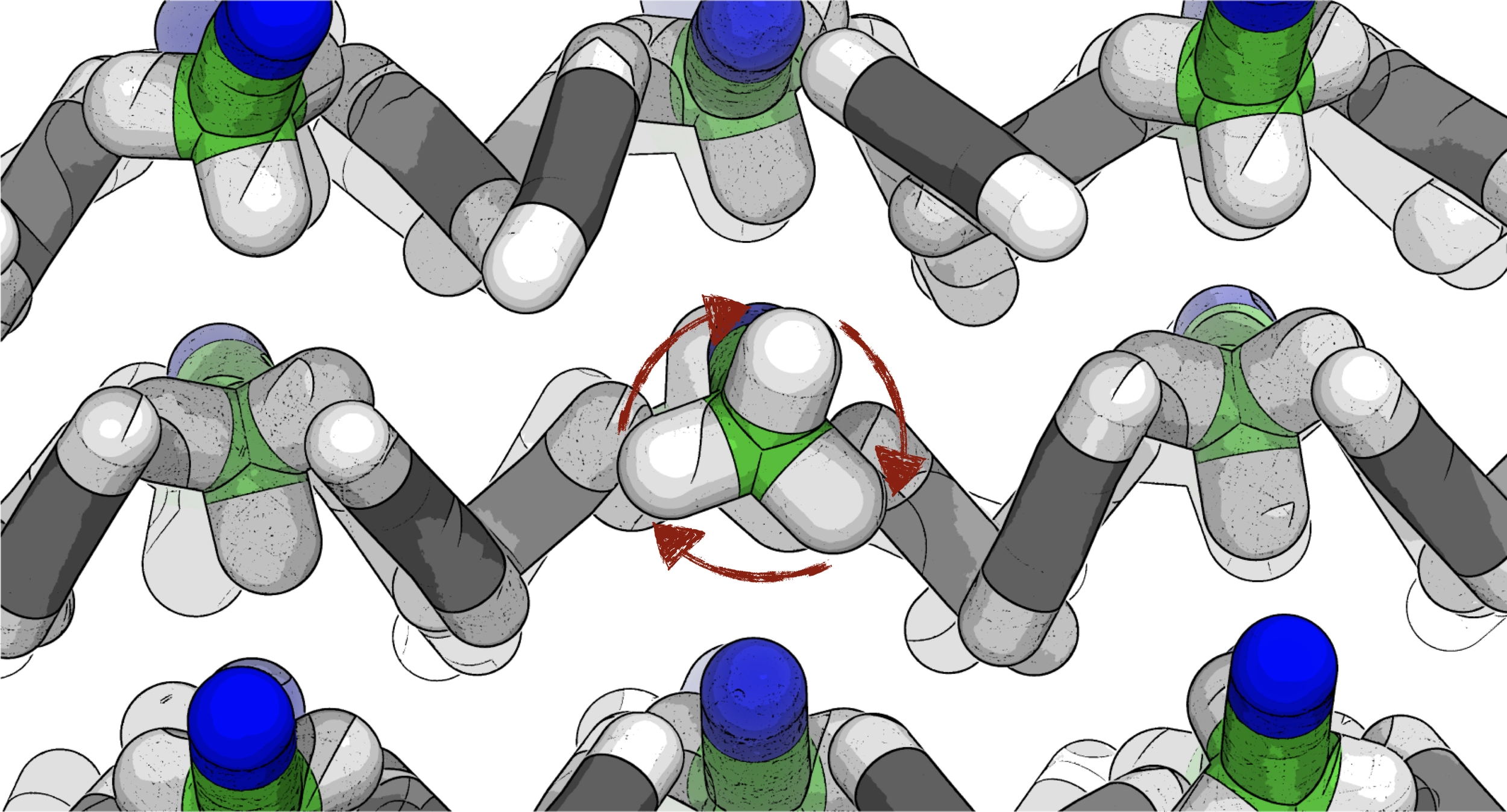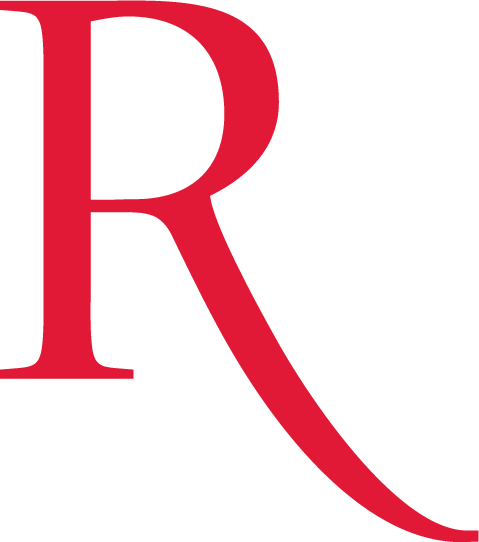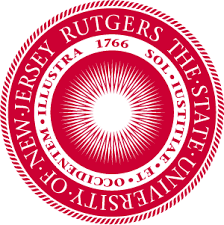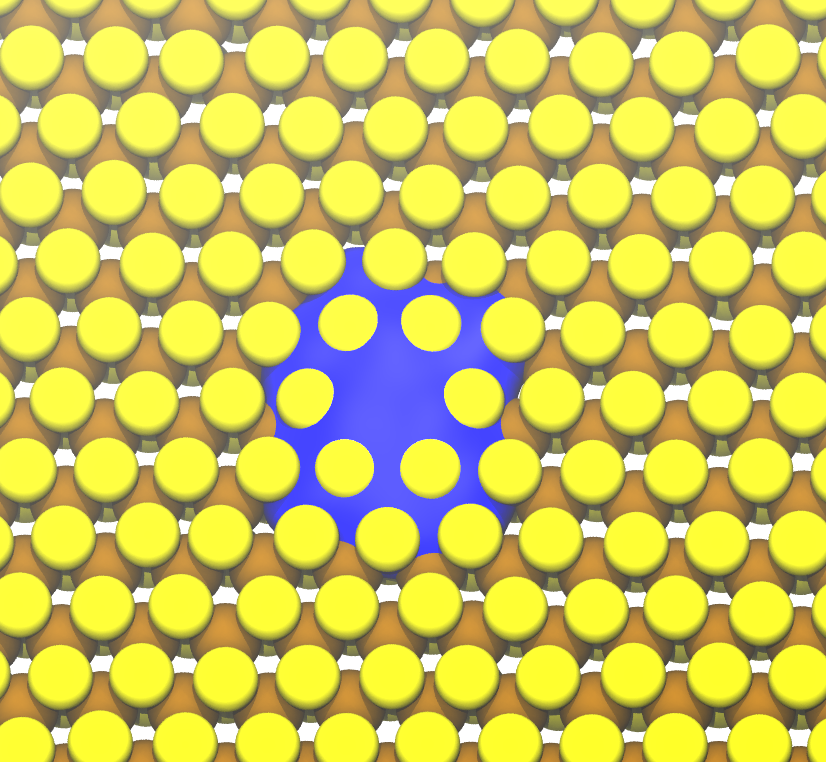Hari received the Outstanding Student Poster Award for Exemplary Research from the ACS PHYS division at the Fall 2025 ACS National Meeting in Washington D.C. for his outstanding work on understanding the phase behavior of confined electrolyte solutions. Congratulations Hari!!
Harender received the Wiley Computers in Chemistry Outstanding Postdoc Award at the ACS Fall 2025 national meeting in Washington D.C. in recognition of his excellent work. Congratulations Harender!!
Harender, Olivia, Neil, and Rick went to the Chemistry and Physics of Liquids Gordon Research Conference! Rick gave a talk, and Harender, Olivia, and Neil presented posters at the GRC and GRS. Olivia was elected to co-chair the next liquids GRS, congratulations Olivia!!
Rick and Michele Pavanello organized the first annual RCP symposium, which took place on June 6, 2025 at Rutgers Newark. The RCP symposium united researchers from all three Rutgers campuses for a day of cutting-edge science and vibrant discussion. The symposium featured talks from faculty across disciplines, highlighting the depth and breadth of chemical physics research at Rutgers. A lively round-table session capped off the event, sparking new connections and collaborative ideas across the university community. We can’t wait for the next RCP symposium!
Atul’s latest paper on Titan’s organic co-crystals was published in ACS Earth & Space Chemistry. Atul shows that the acetonitrile:acetylene (1:2) co-crystal is in a plastic phase at Titan conditions, in which the acetonitrile molecules are rotationally disordered. And, he finds that this disorder may persist to very low temperatures due to weak intermolecular interactions in the co-crystal. Check it out!
We haven’t updated the news enough this summer, but there’s lots to report
Colin went to the Unconventional Semiconductors and Their Applications GRS and GRC, won a poster award at the GRS and will chair the next GRS in two years!
Atul & Harender went to the GRS and GRC on Computational Materials Science and Engineering. Atul won a best poster award at the GRC and will chair the next GRS!
Neil & Olivia went the GRS and GRC on Water and Aqueous Solutions. Neil was elected to chair the next GRS!
Karolina Wielowski, who joined our group this summer from TCNJ as part of the Materials Science REU, won a 2nd place prize for her five minute presentation (5MP) in the RISE & REU programs!
Congratulations to everyone!!
Jackson Liu was selected as a recipient of the Koury-Walker First Generation Student Summer Research Scholarship!! This fantastic scholarship will support Jackson’s research modeling ion specific effects on primitive membranes. Congratulations Jackson!!
Hank and Jackson presented at the 87th annual Intercollegiate Student Chemist Conference (ISCC) at Lincoln University and were awarded 2nd Place and Honorable Mention in the computational topic section for their talks! Congratulations Hank and Jackson!!
Our work predicting electronic paddle-wheels in solid-state ion conduction is now published in Nature Communications! Our new perspective creates a universal framework for understanding ion conductivity in both monatomic and molecular solid-state electrolytes. Look out for more exciting work on this topic coming soon!
New paper in the Journal of Chemical Physics 2023 Emerging Investigators Special Collection on speeding up path integral simulations of interfaces.
Harender’s first paper in the group on dielectric saturation in water using the machine learning-based self-consistent neural network potential (SCFNN) is now published in the Journal of Physical Chemistry B! We show that a SCFNN model trained in the linear response regime is transferable to nonlinear response to large applied fields. We also examine classic theories of dielectric saturation and connect to our simulation results.
Our research on nuclear quantum effects on Titan, led by Hank and Atul, was highlighted in NewScientist! Check it out for a quick read on the possible importance of quantum effects in the origins of life at the low temperatures on Titan’s surface.
Our first paper on Titan’s cryominerals in published in ACS Earth & Space Chemistry. We show that the acetylene:ammonia (1:1) co-crystal is a plastic crystal with picosecond ammonia rotational dynamics.
Honored to be selected to receive a NASA Planetary Science Early Career Award! This award will expand our work on prebiotic chemistry to primitive cell membrane formation on mineral surfaces. Importantly, the award will also support undergraduate research in our group! Looking forward to start this exciting work!
New paper on learning long range electrostatic response in machine learning-based interaction potentials is now in Nature Communications! This new approach enables neural network potentials to make predictions about nuclear and electronic response to applied fields, as well as fields that develop at extended interfaces. We’re excited to start using this self-consistent neural network to model many interesting systems and processes!
UPDATE: Now featured in the Nature Communications collection on Computation and Machine Learning for Chemistry!
Atul was selected to receive the Zhou Family Fellowship for his excellence in research and coursework. Congratulations Atul!!
Our American Chemical Society Petroleum Research Fund Doctoral New Investigator (ACS PRF DNI) grant "Understanding and Controlling Defect States at Catalytic Liquid-Solid Interfaces" is being funded! We’re excited to start modeling the impact of defects on liquid-solid interfaces!!
Munkh has been selected as a recipient of the Koury-Walker First-Generation Student Summer Research Scholarship for his research on perovskites. Congratulations Munkh!!
Our new paper in PNAS examines long-range interactions induced by water polarization between proteins and the surface of mica. An exciting collaboration with members of the CSSAS EFRC!
Amanda was selected as a recipient of one of the Sigma Xi Grants-in-Aid of Research (GIAR) Awards for her work on models of water exchange. Congratulations Amanda!!
Atul’s paper on dielectric-corrected models for liquid methane and ethane is now online as a part of the Mike Klein Special Issue of Molecular Physics! These models improve predictions for solvation and solvent-driven assembly and will be used to model these processes on Titan. Thanks to NASA Exobiology for supporting this work!
At CCB’s 2021 Virtual Undergraduate Symposium and Celebration of Undergraduate Achievement, Rahul, Ryan, and Munkh all won awards and presented their research!
Rahul will graduate with Highest Honors and won the Van Dyke Award and the Henry Rutgers Scholar Award for his outstanding undergraduate thesis.
Ryan won the Lonsdale Scholarship and the Peter F. E. Marapodi Endowed Scholarship.
Munkh won the Peter F. E. Marapodi Endowed Scholarship.
Congratulations Rahul, Ryan, and Munkh!!
Rahul and Ryan both gave fantastic talks at the 84th Annual Intercollegiate Student Chemists Convention.
Rahul won a prize for his talk!
Congratulations Rahul and Ryan !!
Atul has passed his in-field research proposal (IFRP) and is now a PhD candidate.
Congratulations Atul!!
We have a new paper in The Journal of Chemical Physics describing Effective Mass Path Integral Simulations, as part of this year’s Emerging Investigator Special Collection. After presenting the approach, we use it to model charge carriers (electrons and holes) in condensed phases on large length and time scales, incorporating anisotropic effects like quantum confinement, as well as carrier trapping by defects. We’re currently extending this approach for a variety of interesting applications!
New paper in the Journal of Physical Chemistry B: “Molecular Simulation of Covalent Bond Dynamics in Liquid Silicon.” In this paper, we demonstrate a simulation-based approach to quantify the lifetime of transient covalent bonds in liquid silicon, a metallic liquid with fleeting covalent bonds between atoms, reminiscent of the solid phase.
New in PRL: “Lone Pair Rotational Dynamics in Solids.” In it, we predict electronic plastic crystal phases. In analogy with molecular plastic crystals, localized lone pair electrons rotate at high enough temperatures. We expect these rotational dynamics to have implications for interfacial chemistry and understanding phase transitions and photophysics in condensed phase systems.
Our group is officially funded by NASA’s Exobiology program for our work on understanding molecular driving forces for the chemistry of weird life on Titan! For more details, check out our summary in the selections link here.
New in PNAS: Short solvent model for ion correlations and hydrophobic association
We present a new approach to remove most long-ranged electrostatics in molecular systems when modeling solvent-mediated interactions.






























